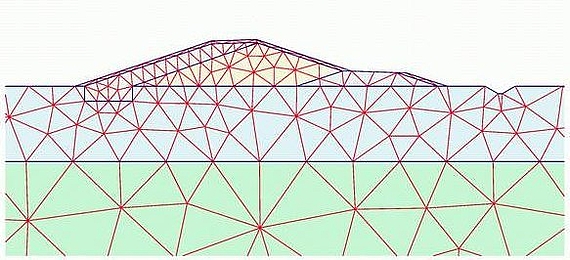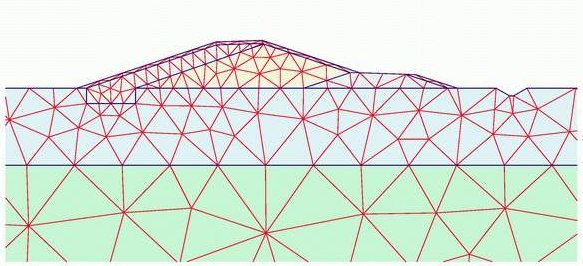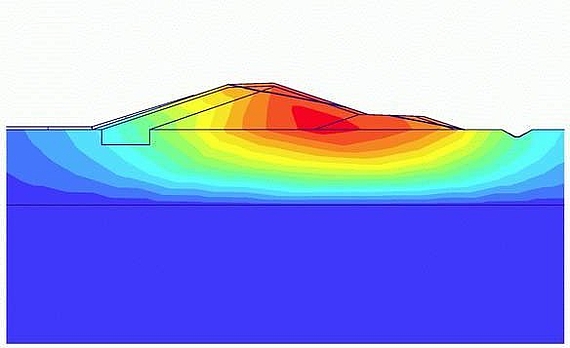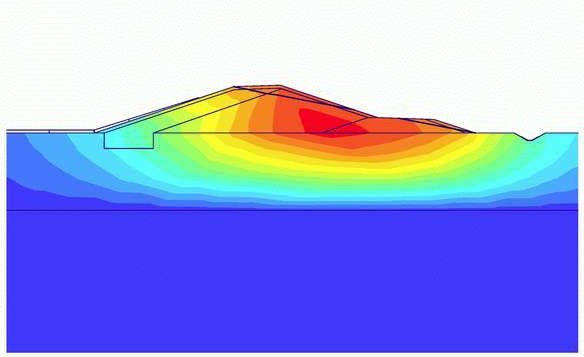Investigations for the Prediction of Impending Failure in Dikes and Embankments by Means of Fiber Optic Measuring Systems
Prof. Dr.-Ing. Martin Achmus / Dipl.-Ing. Mark Klameth
Introduction
Dikes and embankments at the shore and near rivers provide protection for the back-countries against flooding. A failure of these structures would lead to the loss and destruction of valuable areas and possibly also the loss of human lives. To avoid economical damage and casualties, the dikes and embankments have to be constructed to withstand the statically defined and expected loading forces. The structures size, however, is limited due to ecomical reasons.
Despite the accuracy and precision in designing and building these structures, damage or even a complete failure may occur by an exceedance of the designated loading forces in a disaster case. Because it is not economical and structurally hardly possible to dimension these structures against all possible worst case scenarios, methods have to be developed to reduce the remaining risks to a minimum.
Because impending failure in these structures is not visible by the naked eye, it is necessary to install measuring devices on or in the dikes that indicate the imminent destruction of parts or even the whole structure. Every building shows deformations or displacements under load and before failure. Under this point of view, the following should be investigated:
- Where and in which way do displacements and deformations occur?
- What is the critical load on the structure?
- What is the extent of displacements and deformations at this point?
- Where and how can you measure these magnitudes?
Investigation



As a measuring device fiber optic cables could be applied to detect respective magnitudes inside the dike body. These cables are embedded in geotextiles and are integrated into the dike while under construction. The ideal point of installation is also subject of investigations.
In cooperation with the Franzius-Institute of the Leibniz University of Hannover, a research project is running concerning this problem. In line with this project, a dike model at a realistic scale has been built in Hannover-Marienwerder to pursue respective investigations.
As a preliminary investigation on this topic, finite-element calculations with Plaxis are currently being carried out. In these calculations, a simulated dike model will be put unter load at different water levels to observe the reaction of the inner soil body under afflux and seeping flow.



By the means of these initial results, a conclusion can be found, regarding how measuring systems can be implemented in dikes to detect impending failure and to initiate counter measures in time.














